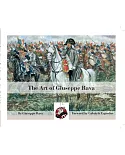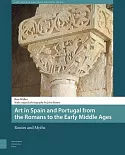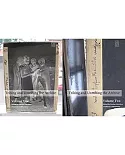In Peasants, Warriors, and Wives, Keith Moxey examines woodcut images from the German Reformation that have often been ignored as a crude and inferior form of artistic production. In
this richly illustrated study, Moxey argues that while they may not satisfy received notions of "art," they nevertheless constitute an important dimension of the visual culture of the period.
Far from being manifestations of universal public opinion, as a cursory acquaintance with their subject matter might suggest, such prints were the means by which the reformed attitudes of the
middle and upper classes were disseminated to a broad popular audience.





















